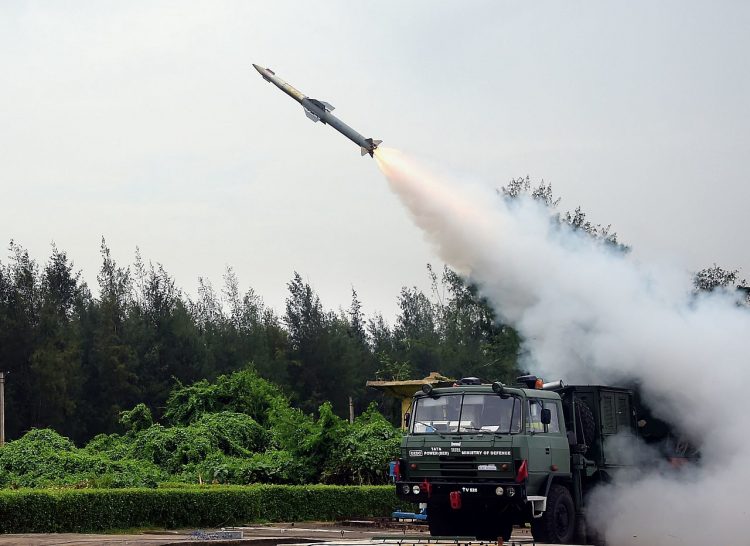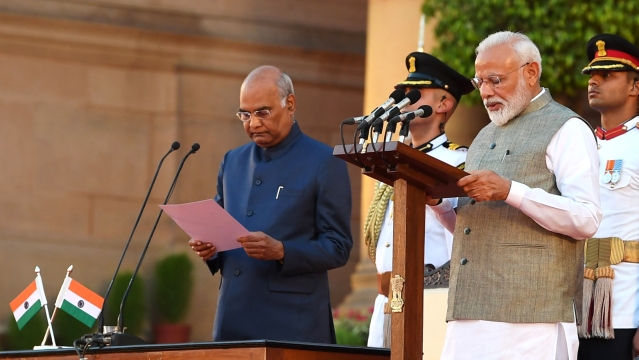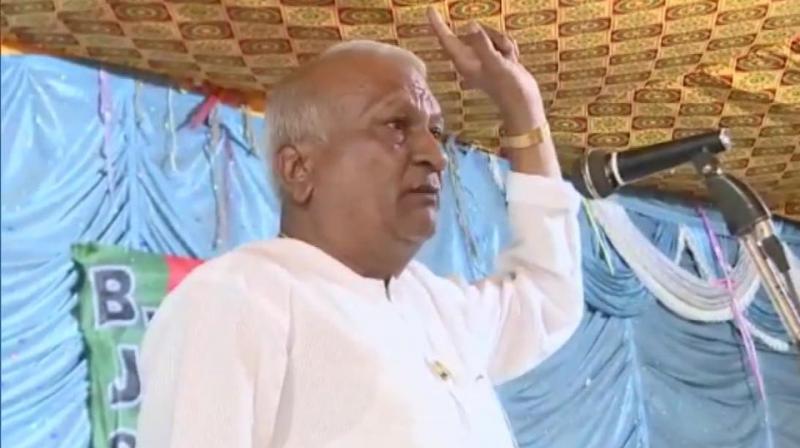Indian defence ministry said in a statement ” The Defence Research and Development Organisation’s (DRDO) quick-reaction surface-to-air missile (QRSAM) system on Tuesday shot down an aerial target from the Integrated Test Range at Chandipur off the Odisha coast”.
This was the second test of the QRSAM system in five days. The QRSAM test on November 13 achieved a direct hit while the second one on Tuesday proved the performance parameters of the warhead, the statement said.
Both tests were carried out against the Banshee target drone that simulates an aircraft.
Congratulating the DRDO for the back-to-back successful tests, defence minister Rajnath Singh tweeted, “First launch test on 13th Nov proved the Radar and Missile capabilities with direct hit. Today’s test demonstrated the warhead performance on proximity detection.”
The DRDO has carried out a series of weapons tests during the last three months at a time when India and China are locked in a border row in the Ladakh sector.
“The radars acquired the target from long range and tracked it till the mission computer automatically launched the missile.
Continuous guidance was provided through radar data link. Missile entered the terminal active homing guidance and reached the target close enough for proximity operation of warhead activation,” the statement said.
A variety of equipment was deployed to capture the flight data and verify the performance of the missile, officials said. The equipment included radars and telemetry and electro-optical sensors.
The test was conducted in the deployment configuration of the weapon system consisting of the launcher, fully automated command and control system, surveillance system and multi-function radars.
“The QRSAM weapon system, which can operate on the move, consists of all indigenously-developed subsystems. All objectives of the test were fully met. The launch was carried out in the presence of the users from Indian Army,” the defence ministry said.
The key tests recently conducted by India include the supersonic missile-assisted release of torpedo (SMART) to target submarines at long ranges, a new version of the nuclear-capable hypersonic Shaurya missile with a range of 750 km and the anti-radiation missile launch to take down enemy radars and surveillance systems.
India is also developing a new class of ultra-modern weapons that can travel six times faster than the speed of sound (Mach 6) and penetrate any missile defence.
In early September, the DRDO carried out a successful flight test of the hypersonic technology demonstrator vehicle (HSTDV) for the first time from a launch facility off the Odisha coast.
Only the United States, Russia and China have developed technologies to field fast-maneuvering hypersonic missiles that fly at lower altitudes and are extremely hard to track and intercept.









